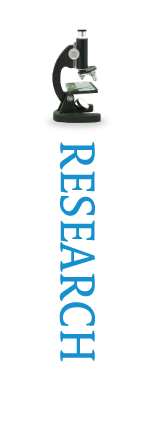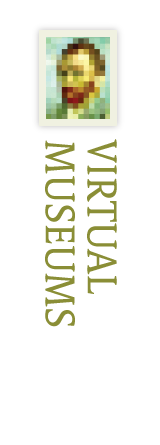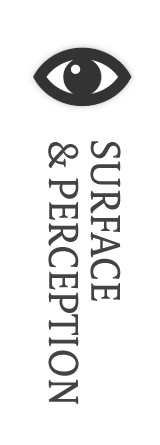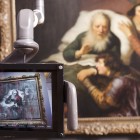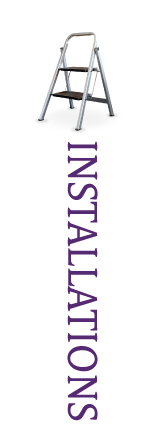-

The results of the Research Agenda 2008-2012 through a selection of expertises of the Cultural Heritage Agency of the Netherlands.
-
Expertise
 Reading modeshare
Reading modeshareUsing modern media, heritage institutions can more easily adapt to the changing needs of the public, which no longer wishes only to receive information, but also to send it, do their own research, make their own choices and exert influence, for example, on what is exhibited.

Volunteers during a fotoshoot with Spencer Tunick in the Stadsschouwburg in Brugge, Photo: Reuters/Peter Maenhoudt
Modern media makes it increasingly easy to engage the public in activities thanks to mobile systems and the development of handy applications and tools.
Mobile media
Information can be shared and supplemented through online networks and discussion forums, as well as crowdsourcing projects and crowdfunding, for example. Modern media can provide a cultural heritage institution with greater publicity or a larger public. The museum is able to step beyond its walls by way of the smartphone and tablet together with QR codes, apps and the like.
Facilitation
At the same time, the museum facilitates sharing experiences of its public on the spot through apps and other digital means. The cultural heritage institution can make smart use of this by providing more or less specific information for the users and subsequently analysing their actions online.
Business card
However, modern media can also result in a cultural heritage institution actually being shunned by the public. The use of social media is popular with specific audiences, especially younger ones, and negative tweets or Facebook messages can do a cultural heritage institution much harm. Therefore it is important to use social media appropriately: it is after all the contemporary business card of institutions.
Community
Public participation does not 'just' happen. Successful public participation involves building and especially maintaining an online community, a more or less permanent and loyal group of online followers, information suppliers or discussion members. Through their own network and by their enthusiasm and online interaction, the community participants are the links that connect the museum with new customers (or groups) and participants. Much time and attention must be invested to build and maintain an online community. In addition, regular contact is required as well as giving timely feedback.


